
Finland Animals
Follow the Trail of Wild Nature – Nature Tourism in Finland
Nestled in the northern reaches of Europe, Finland is a land of enchanting forests, crystal-clear lakes, and a diverse array of wildlife. From the elusive brown bear that roams the dense woodlands to the graceful reindeer that wander the vast Lapland tundra, Finland is a haven for nature enthusiasts and animal lovers alike.
Embark on a journey through the wilds of Finland and encounter the iconic moose, also known as the European elk, as it majestically roams the boreal forests. Keep an eye out for the elusive lynx, a master of stealth and camouflage, and the wily red fox, a cunning predator that thrives in Finland's varied habitats. As you explore the Finnish archipelago, you may catch a glimpse of the playful seals that inhabit the coastal waters, adding a touch of marine charm to Finland's rich tapestry of wildlife.
Mammals of Finland
In the verdant forests and pristine lakes of Finland, one can encounter a variety of fascinating mammals that thrive in its boreal environment. The brown bear, Finland's national animal, roams the taiga, while the elusive wolverine avoids human contact in the northern wilderness. The forests are also home to the European elk, known locally as the moose, which is the largest species of deer in the region. In the waterways and archipelagos, the ringed seal and the grey seal can be found basking on rocky shores. The red fox, a cunning and adaptable creature, is widespread across the country. Additionally, the flying squirrel, a rare and protected species, glides between trees in the southern forests. Each of these species plays a crucial role in Finland's rich and diverse ecosystem.
Birds of Finland
In the verdant forests and across the pristine lakes of Finland, one can observe a rich tapestry of avian life. The iconic Whooper Swan, Finland's national bird, graces the waterways with its elegant presence. In the boreal forests, the Siberian Jay flits among the conifers, a friendly companion to hikers, while the Great Grey Owl, a silent hunter, keeps a watchful eye from above. Along the rugged coastline, the White-tailed Eagle soars, surveying the land with keen sight. In the heart of the Finnish summer, the Common Cuckoo's distinctive call heralds the season's warmth. These birds, among many others, form an integral part of Finland's vibrant ecosystem, enchanting birdwatchers and nature enthusiasts alike.
Top Spots for Wildlife Observation in Finland
- Lemmenjoki National Park, located in the Lapland region of northern Finland, is the largest national park in the country and one of the largest wilderness areas in Europe. Here, amidst the vast forests and river valleys, visitors can spot a variety of wildlife including brown bears, wolverines, and golden eagles. The park is also home to the elusive Eurasian lynx and a healthy population of reindeer.
- Oulanka National Park, situated in the northeast near the border with Russia, is known for its stunning river landscapes and diverse ecosystems. The park supports a rich array of species such as moose, European beavers, and flying squirrels. Bird enthusiasts can enjoy sightings of capercaillies, black woodpeckers, and the rare Siberian jay.
- Pallas-Yllästunturi National Park, in the western part of Finnish Lapland, is characterized by its fells and clean air. The park is a habitat for arctic species like the willow grouse and the snow bunting. Visitors may also encounter red foxes and the stoat, which changes its fur color to white in winter.
- Koli National Park, located in the North Karelia region, offers a mix of eastern and western flora and fauna due to its location. The park's forests are inhabited by species such as the European badger, pine marten, and the elusive European otter. Birdwatchers can look for the white-backed woodpecker and the common goldeneye.
- Archipelago National Park, in the southwest, encompasses thousands of islands in the Baltic Sea. This unique marine environment is home to grey seals and ringed seals. The park's islets and skerries also provide nesting grounds for seabirds like the common eider and the Arctic tern.
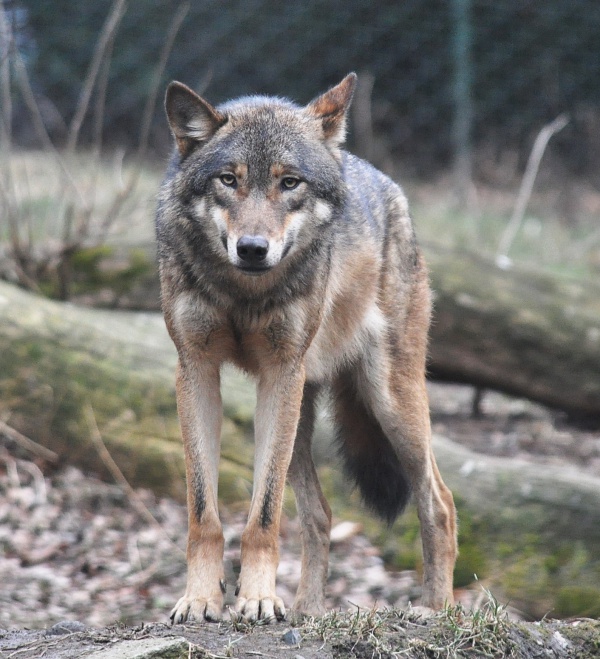
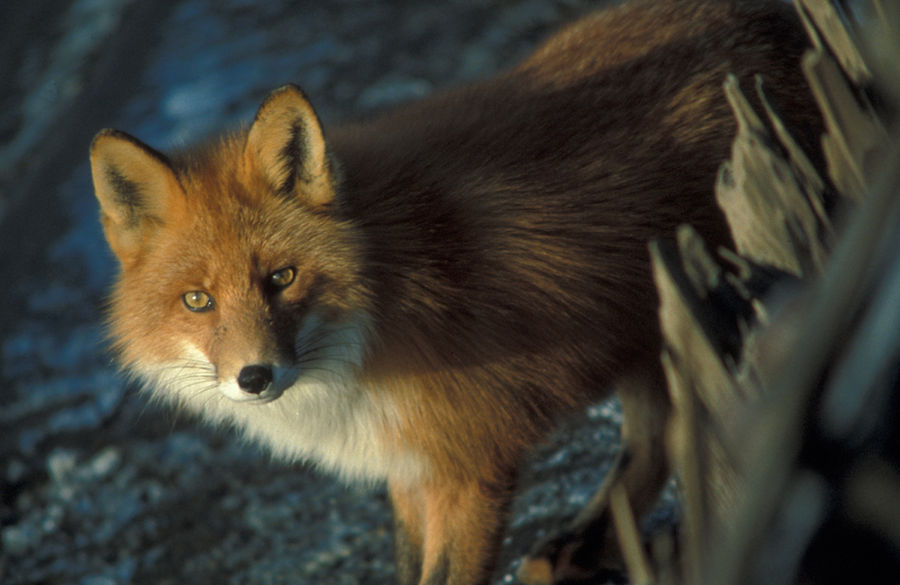
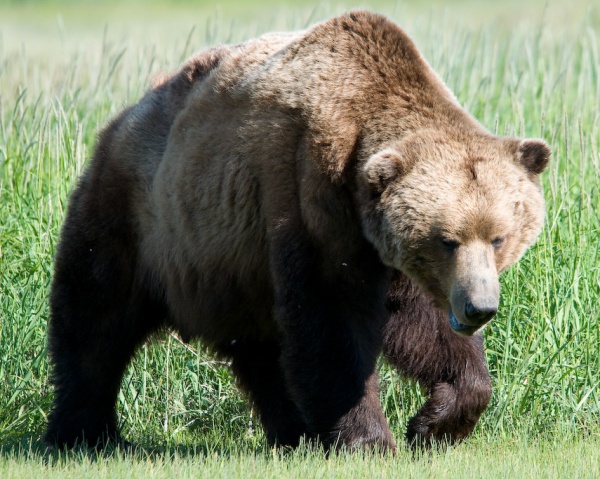
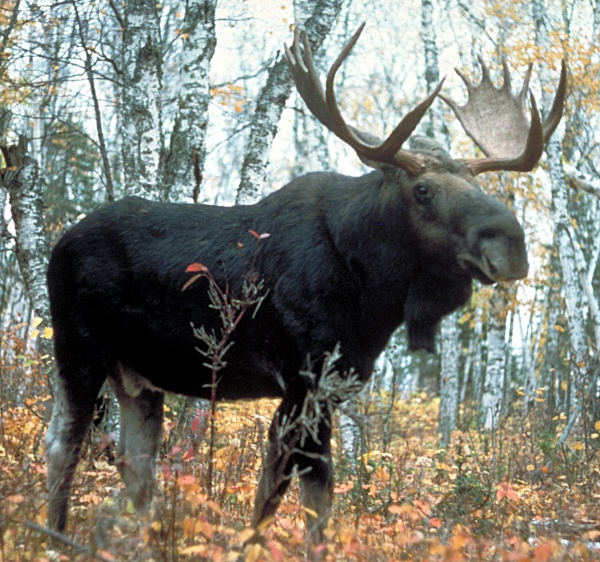
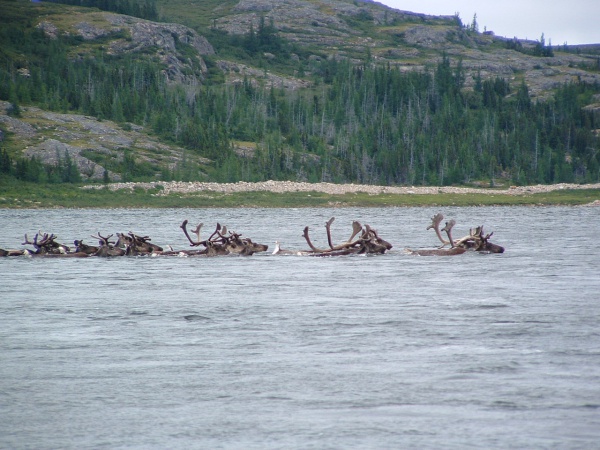
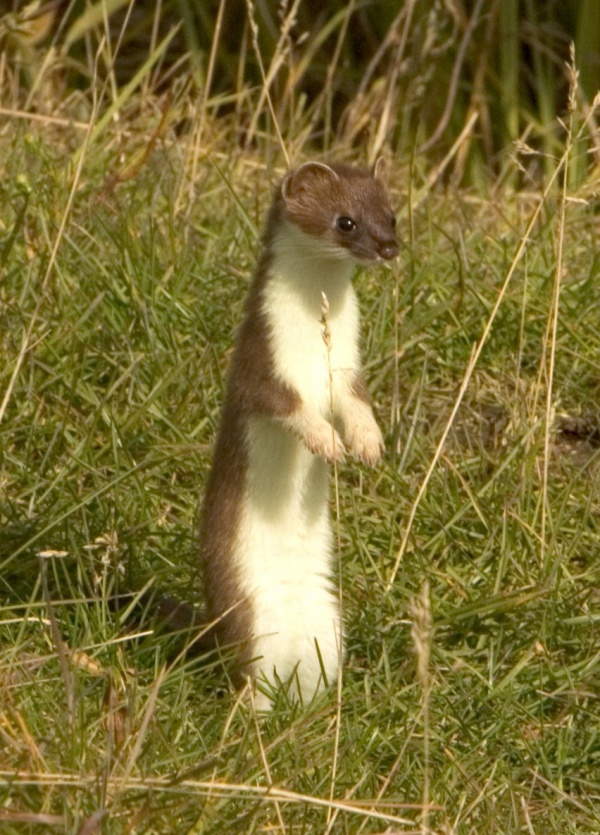
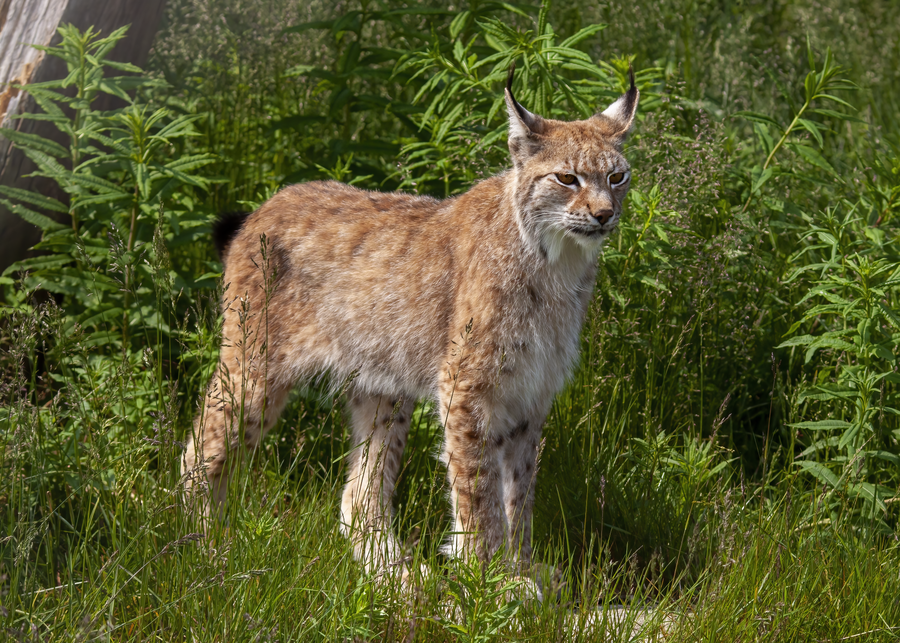
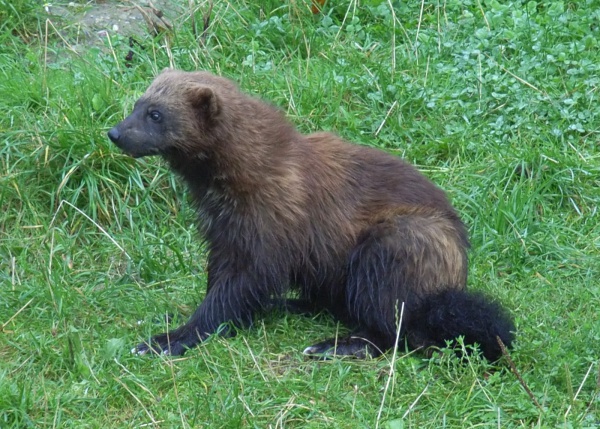
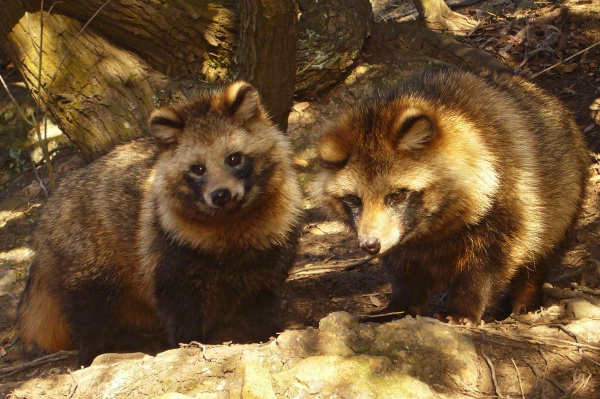
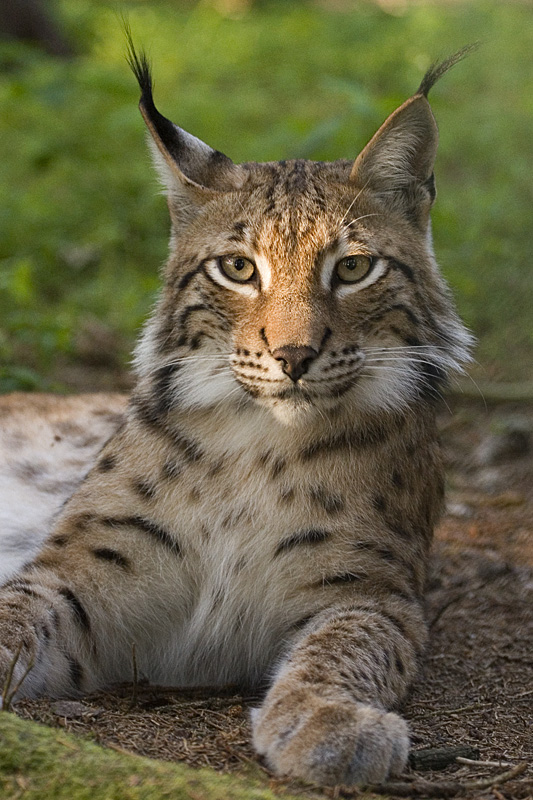
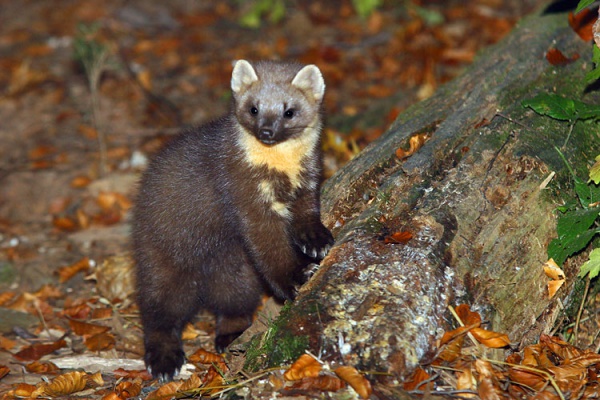
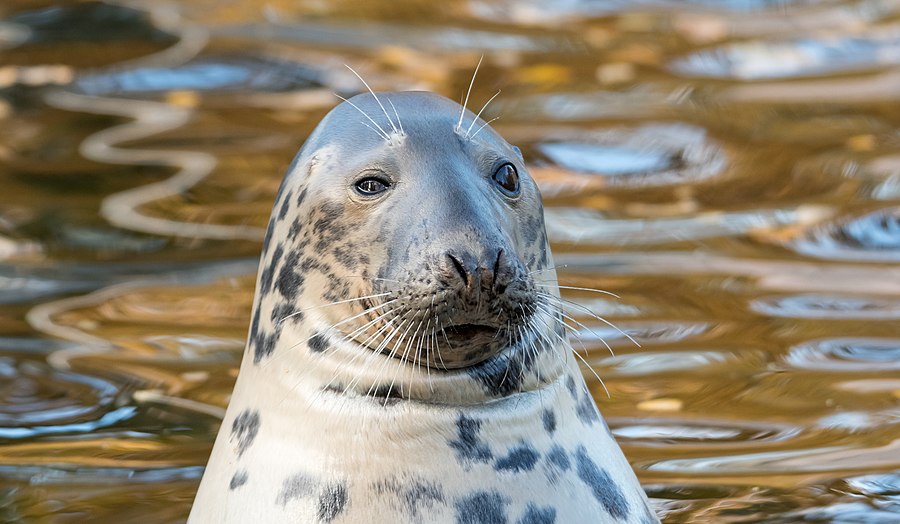
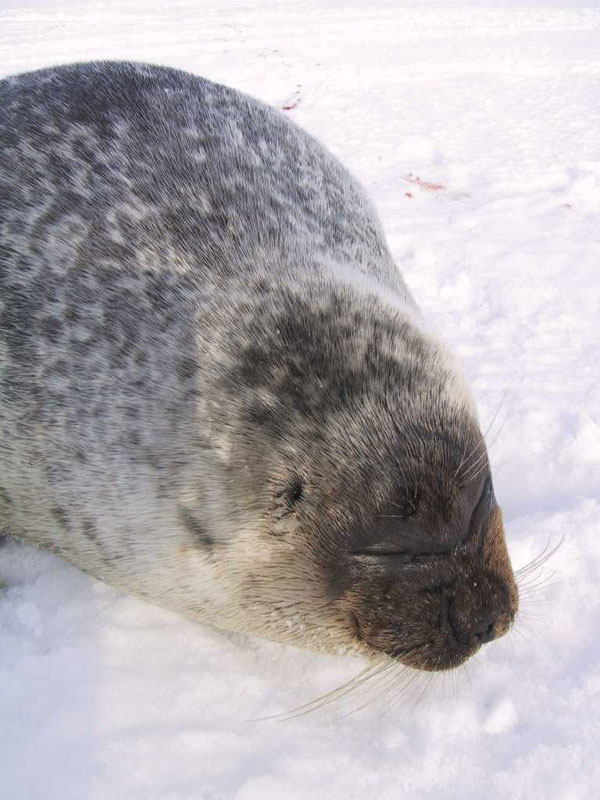
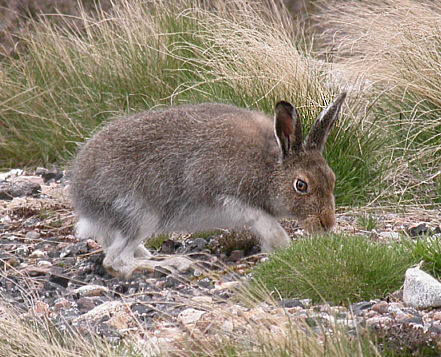
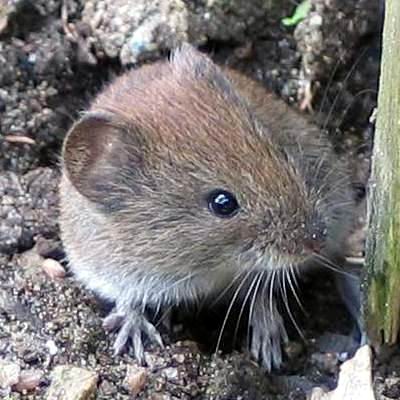
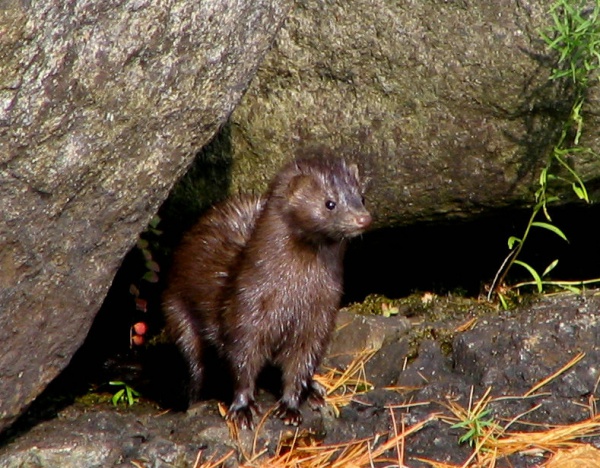
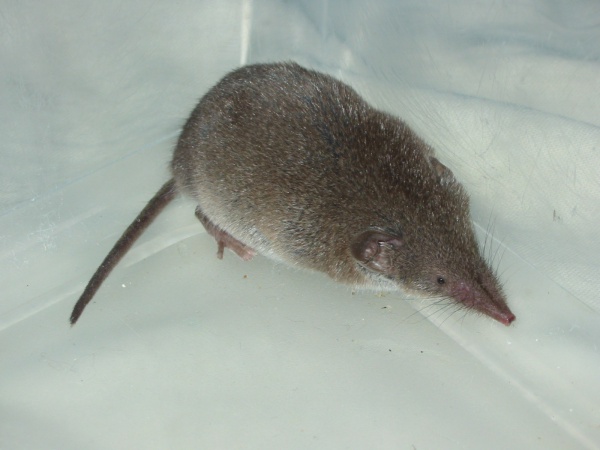
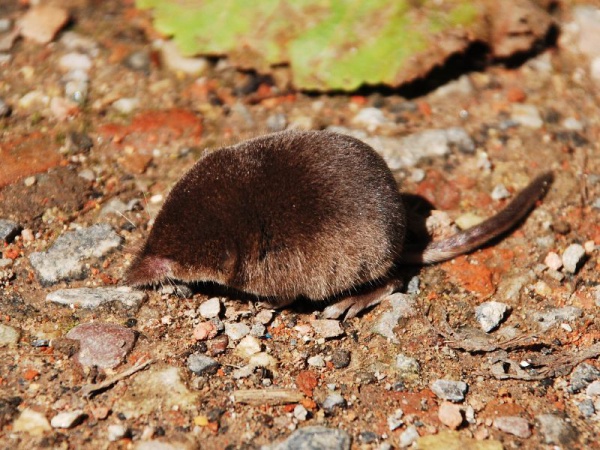
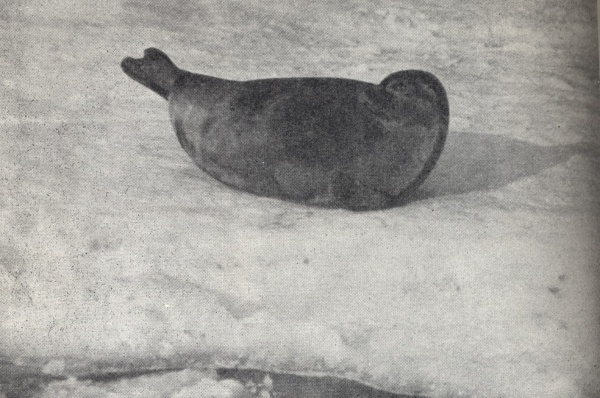
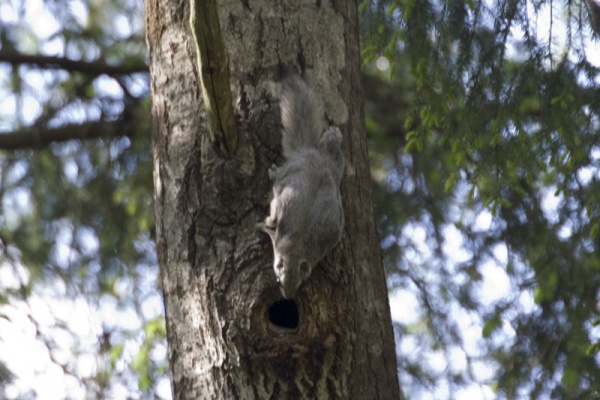
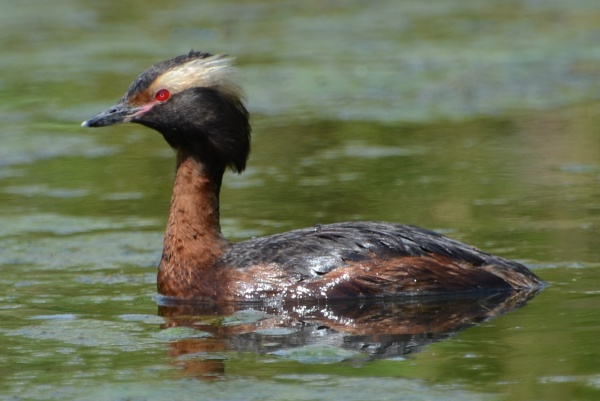
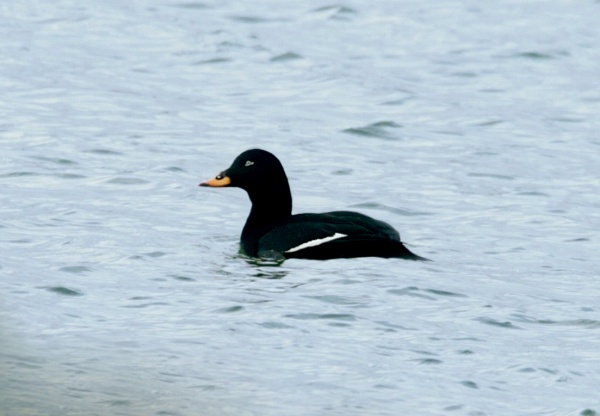
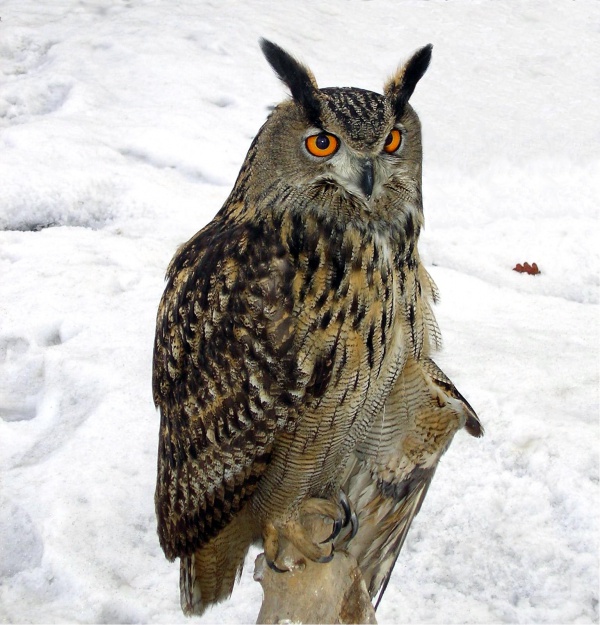
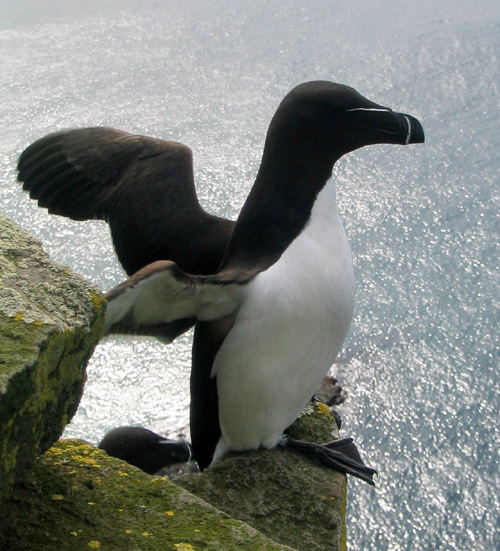
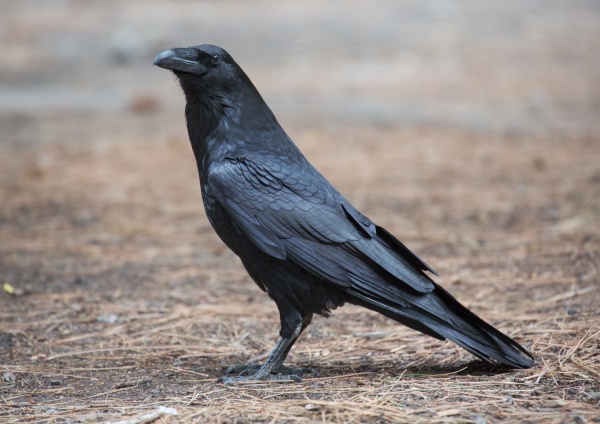
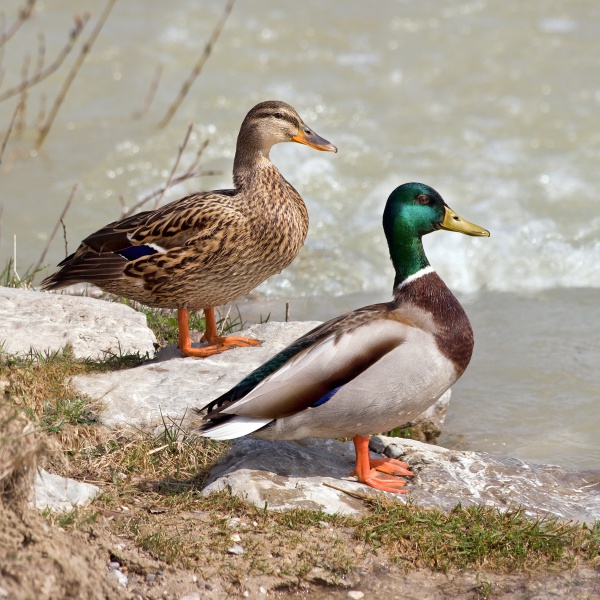
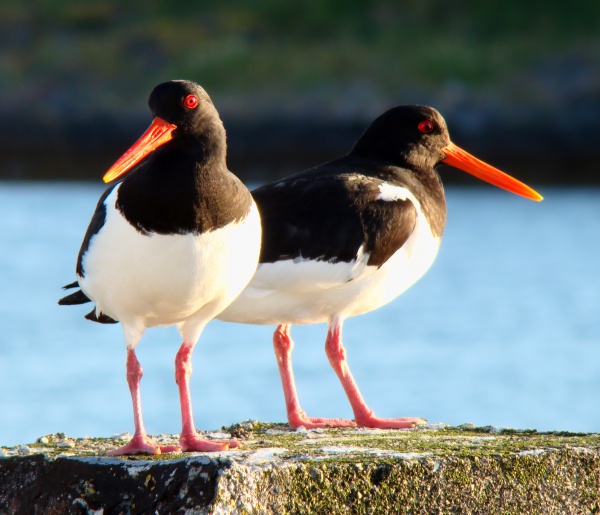
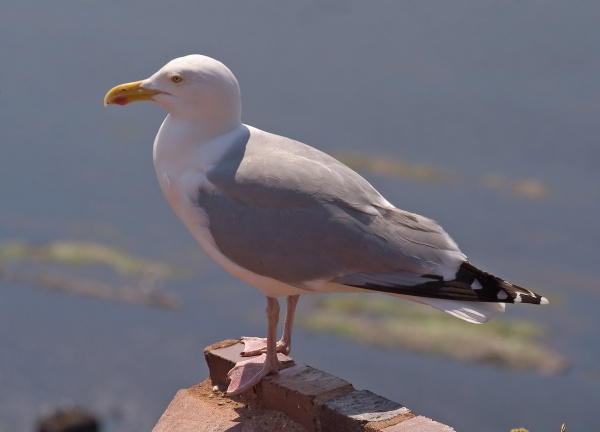
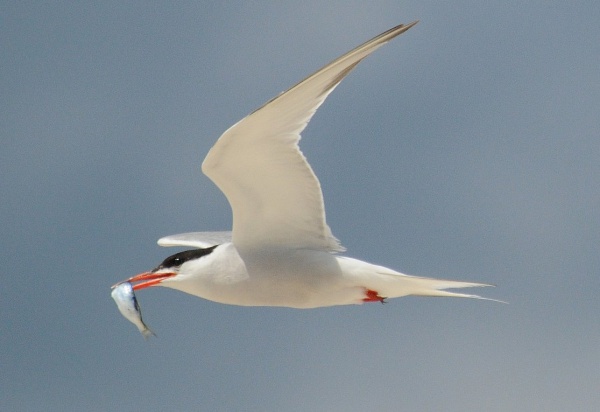
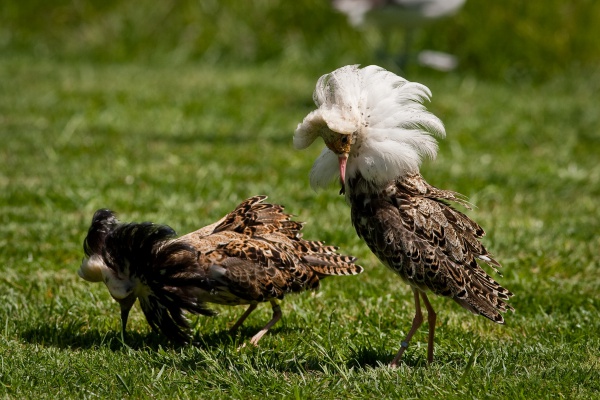
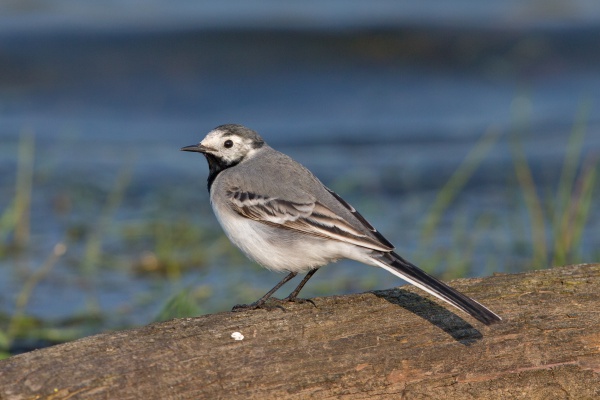
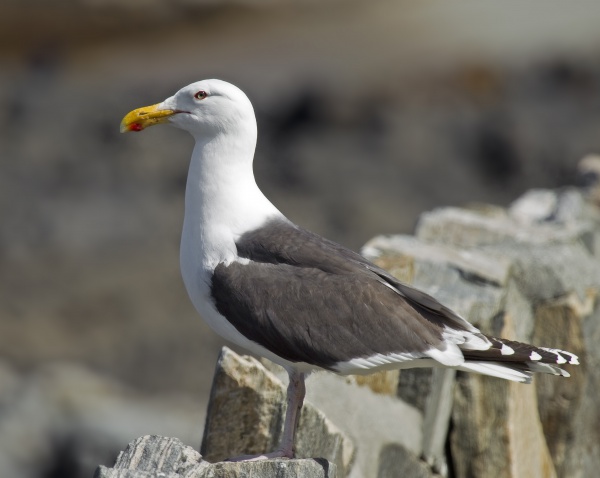
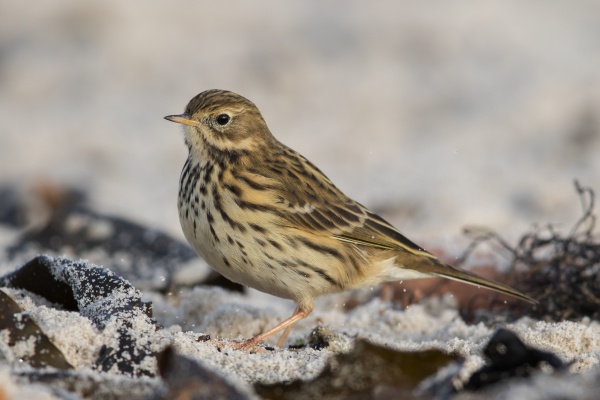
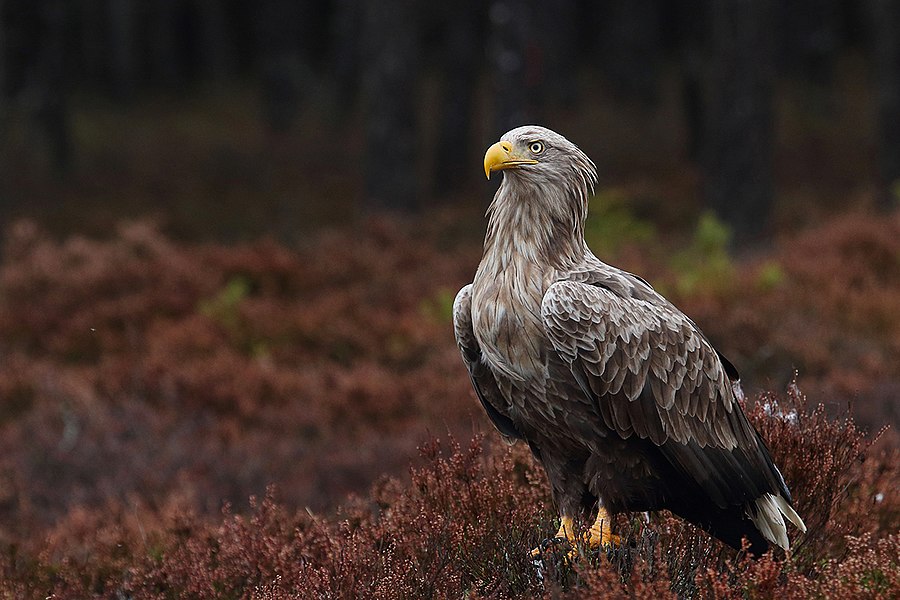
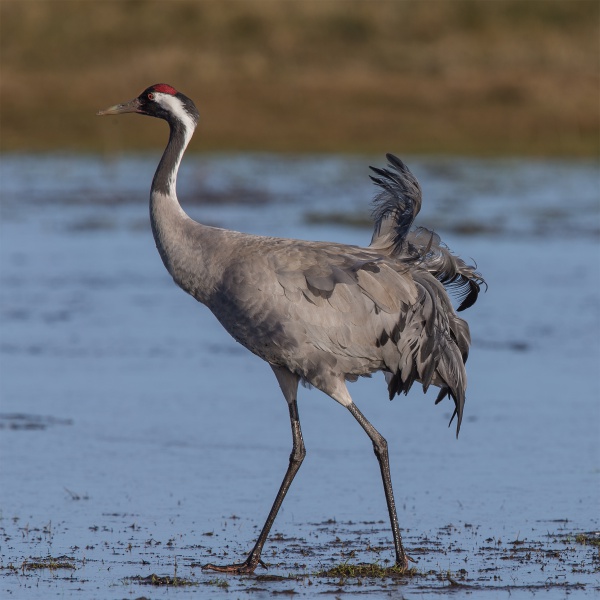
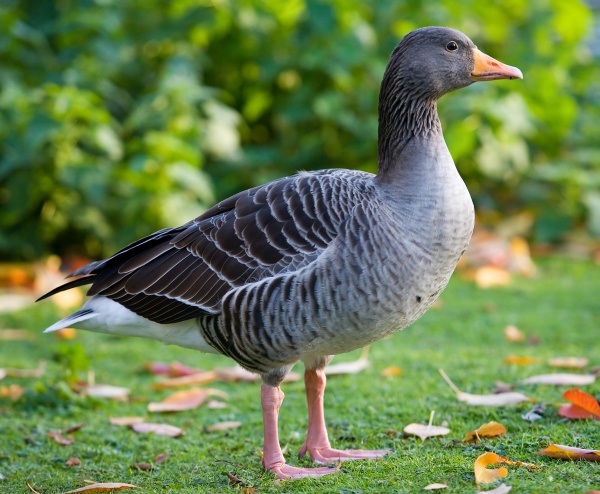
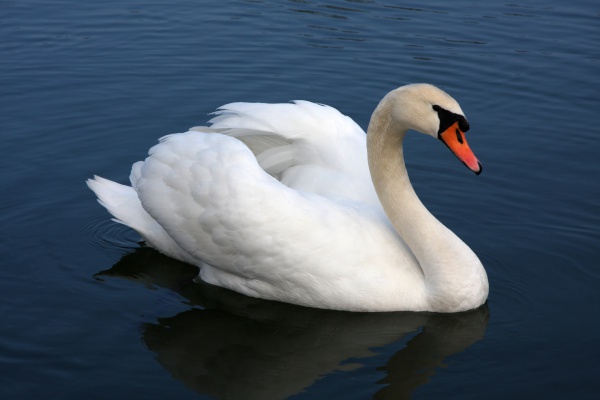
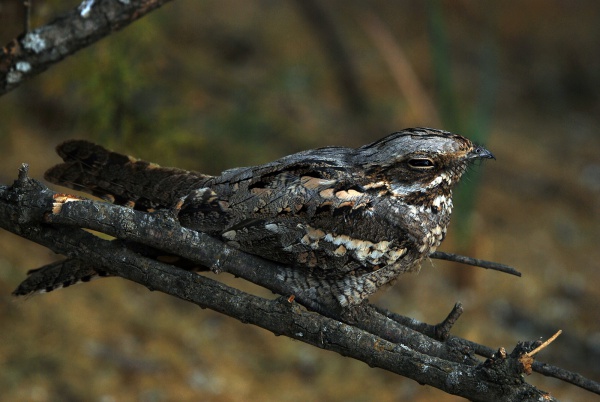
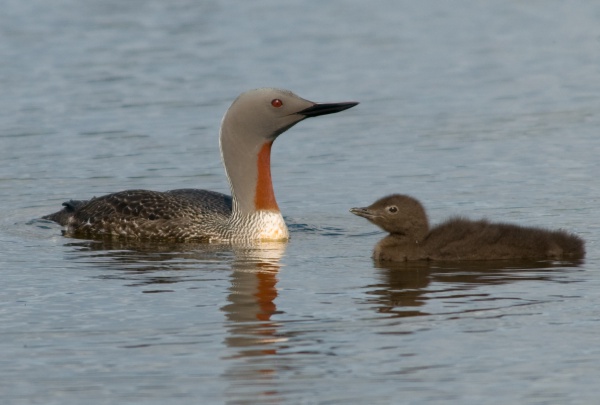
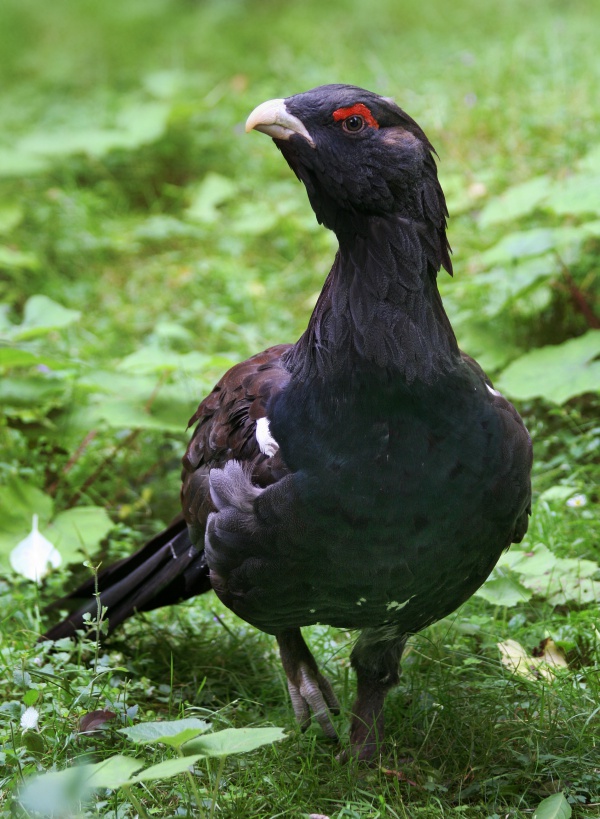
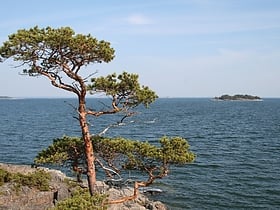
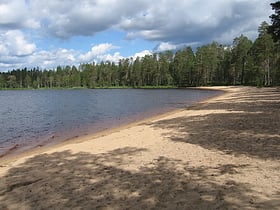
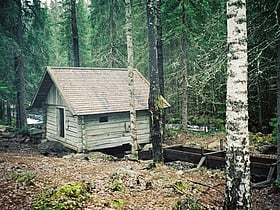
 Sweden
Sweden